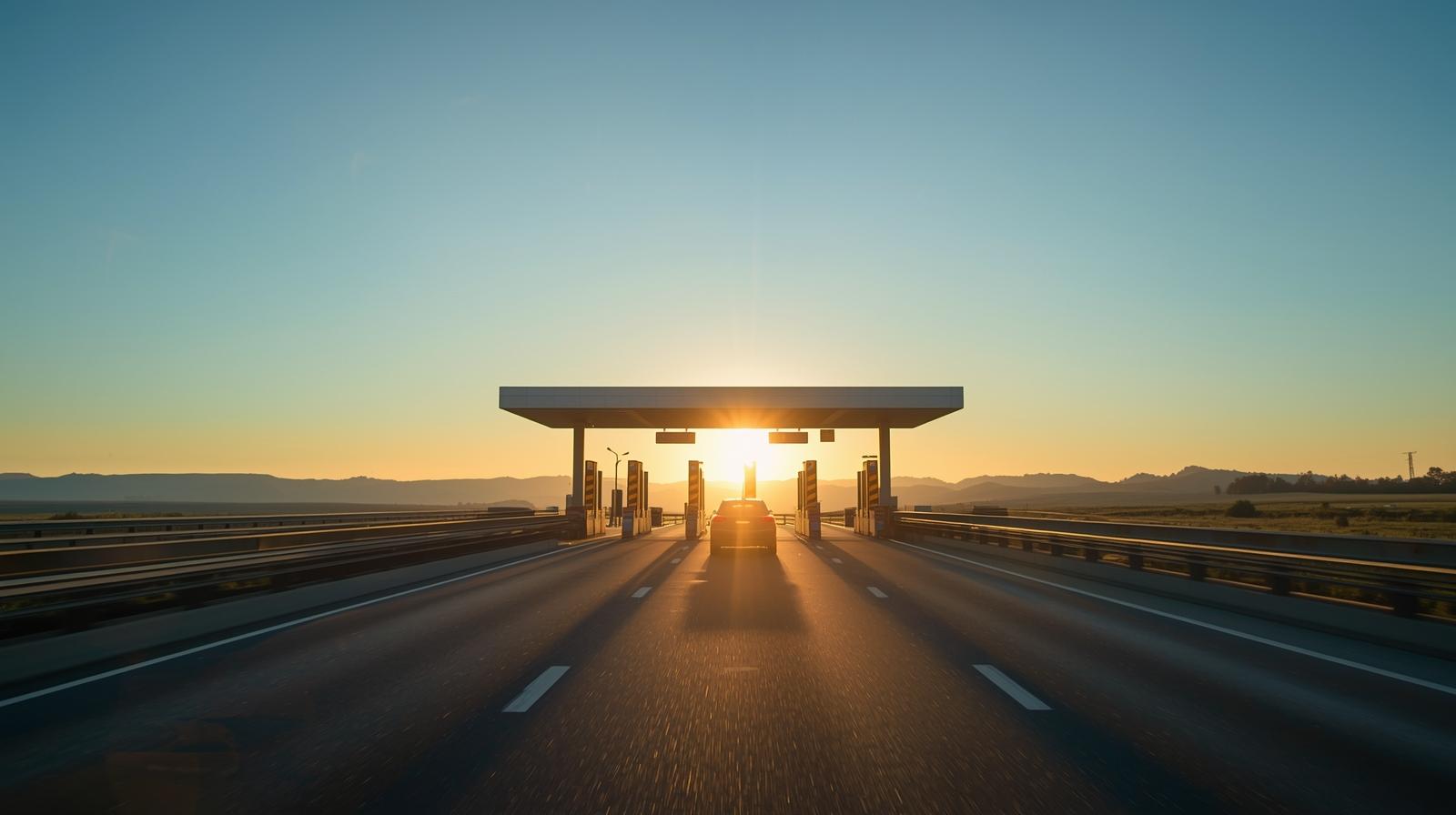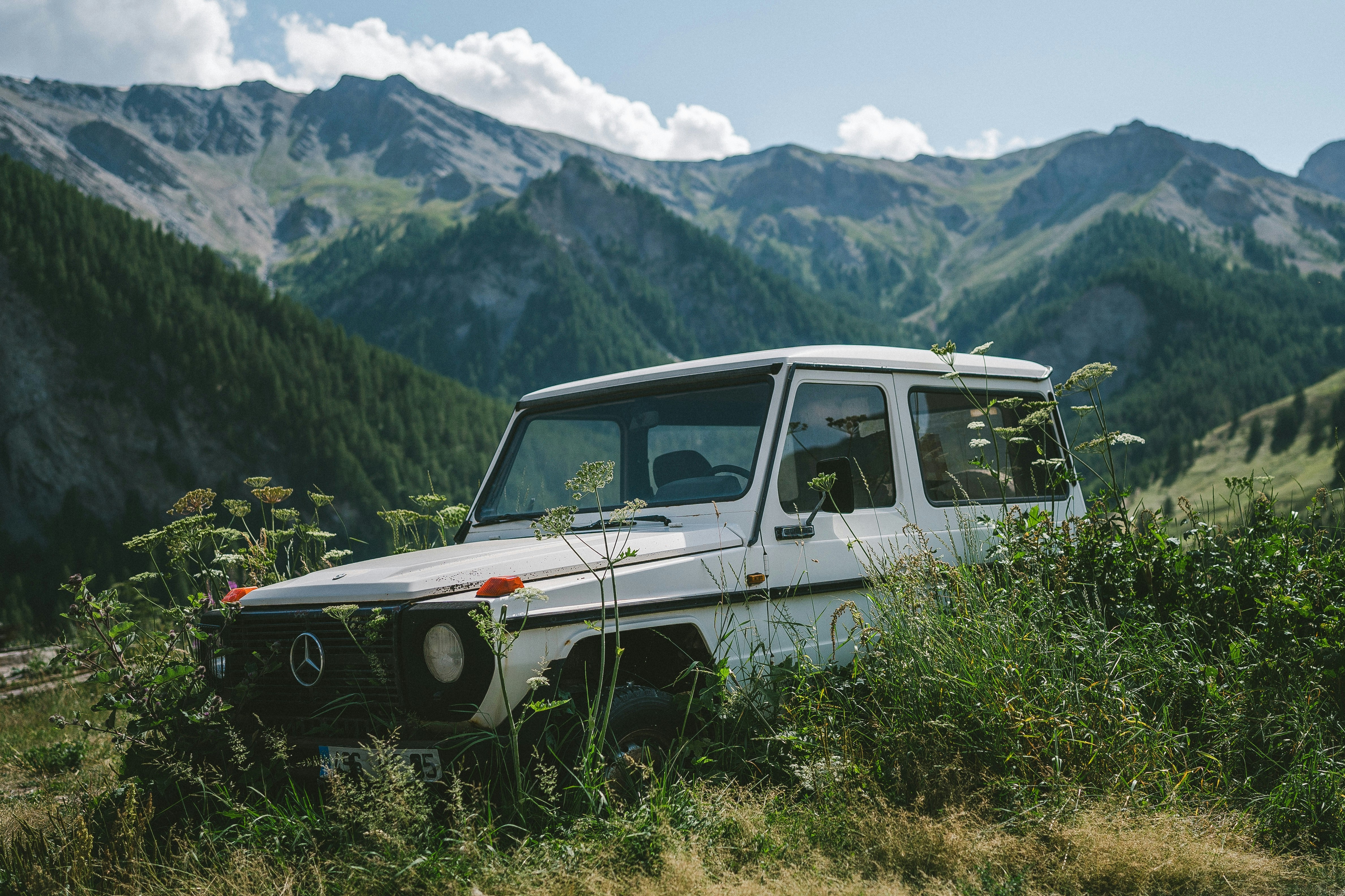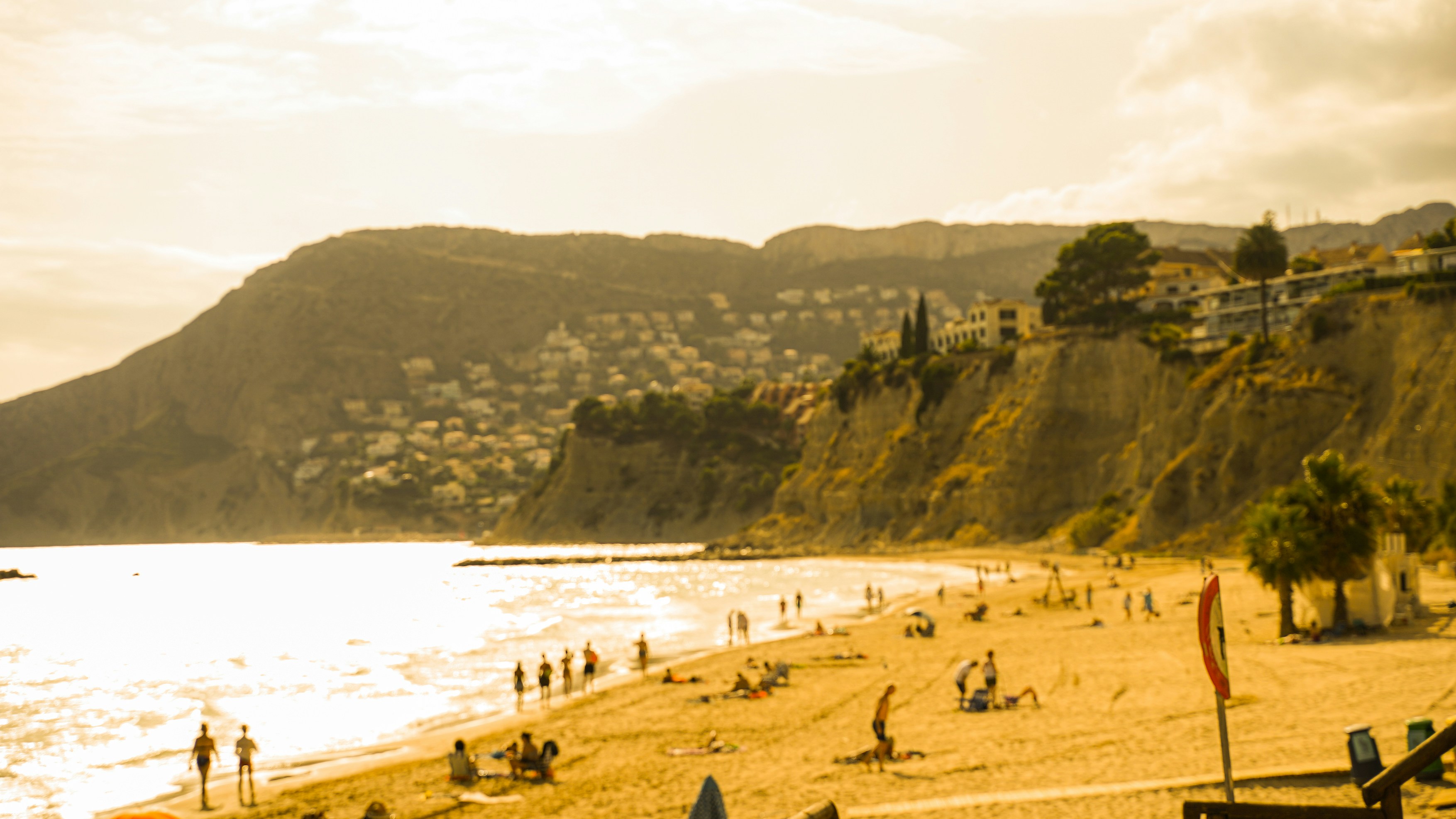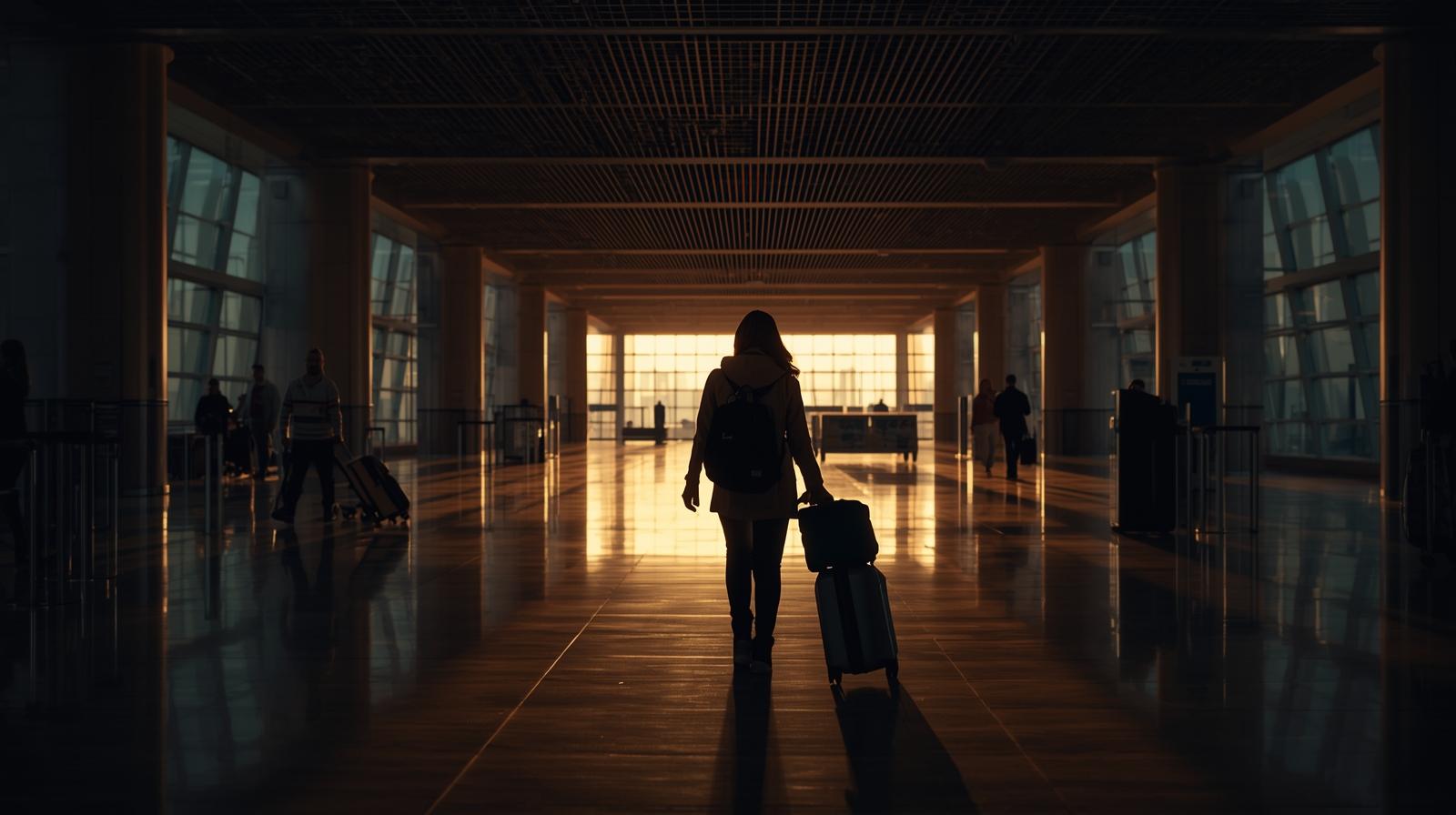
Heading south from Dover? You’re probably high on the thought of new food and culture if you’re moving here from the UK, but less poetically, you’ve got to think about toll gates.
Britain’s motorways have no péages, so the first blue “A-something” sign can catch you off guard. This guide explains how to pay tolls in France without running into any headaches, so let’s dive right into it!
Most French highways are privately operated. Roughly three-quarters of them charge toll fees. You collect a ticket at the entry barrier, then pay when you exit. The system then measures your distance to calculate the bill, so skipping from A26 to an A-road halfway down can reduce toll costs – which is handy if you prefer a more scenic route.
Right now, the average fee is about €9.50 per 100km for a passenger car (changes a lot depending on the type of vehicle), although routes such as Calais-Nice creep a bit higher.
In practical money, London to Lyon (which is about 810km via autoroute) costs just under €80 if you stay on the péage the whole way.
French operators publish public tariff tables, so you’re looking at:
But you’ll get a more accurate idea of your total costs if you factor in fuel at roughly €1.80/litre. That’s why some travellers hop off onto national roads (marked N or D), which are toll-free. Just make sure you’re ready for lower speed limits and extra traffic light clusters.
You have two simple choices here:
Cash is still accepted in many plazas, but you ideally want a badge that does an automatic payment so you don’t wait in a queue and have to lean out your window all the time.
If you’ll cross the Channel more than twice a year, yes. Eurotunnel’s partner scheme or firms like Bip&Go mail the badge to your UK address.
There are set-up fees that hover around €15, then a €1.70 month-of-use charge. But you zoom through lanes labelled T or flux libre and beat the inevitable holiday-weekend traffic jams. The green arrow means lane open; an orange “t” signals badge-only, so watch out for these.
The fréjus tunnel links France and Italy beneath the Alps, and it operates outside the main autoroute concessions. So a single car passage tops €52, and a return is about €65 (2025 rates, index-linked annually).
And badges rarely work here, so bring the ticket to the cashier. Long tunnel sections impose 70 km/h limits and strict 150m vehicle spacing (infra-red cameras enforce them).
Need total avoidance? The N-roads shadow many autoroutes – just make sure you’re ready for tractors and school crossings that inevitably slow you down.
Slow to 30 km/h near the cameras. A sudden slam of brakes is the main crash risk here – not top speed – so don’t be daft.
Standard motorways post 130 km/h in dry weather, 110 km/h in rain. Stickers on your hire car’s dashboard help convert mph. And if you exceed by more than 40 km/h, roadside gendarmes can seize your licence on the spot. Speed traps often hide just after the toll exit when drivers surge.
Your best bet here is to tell the booth attendant immediately. Staff charge a fallback rate based on your entry at the network’s furthest point – again, Calais to Nice stings – so keep tickets safe in the visor. If you hold an electronic toll payment badge, losing the ticket matters a bit less since the system logs entry automatically.
There are actually nine separate private groups here, under:
They invest before recovering their costs via tolls, and then return assets to the state at the concession end. Knowing this isn’t exactly necessary to make your way through France, but it’s still worth knowing so you’re not confused as to why you need to pay these fees in the first place.
Yes. For example, Spain uses distance-based tolling but scraps fees on older concessions. Italy is a bit more similar to France, but it also offers post-pay apps. Germany, on the other hand, is actually toll-free for cars (for now) but charges trucks.
Your badge may work across borders if it’s explicitly marked “other countries” on the provider’s map – check before rolling into the Brenner Pass.
Contact the operator (APRR, ASF, SANEF, etc.) within 30 days. The odds are pretty stacked in favour of the operator here, so for your best chance of winning a dispute, make sure you provide:
Tolls depend solely on vehicle class and distance, so easing off the throttle doesn’t just lower the fee outright. It will save fuel, though, and every 10 km/h above 110 km/h adds roughly 1 l/100 km to consumption, according to France’s ADEME energy agency.
Tick those off and you should be in the clear!
Upscore’s Finance Passport helps you keep all your documents and travel insurance details in one secure place, so you can prove income or residency wherever the journey takes you!

If you’ve recently moved to France or are planning a move, you’ll find car ownership here definitely has a bit...
Read More

Spain actually boasts more Blue Flag beaches than any other country in the world – 642 at the last count...
Read More

Weighing up the idea of moving to the United Arab Emirates? Maybe Dubai, maybe Abu Dhabi, or one of the...
Read More